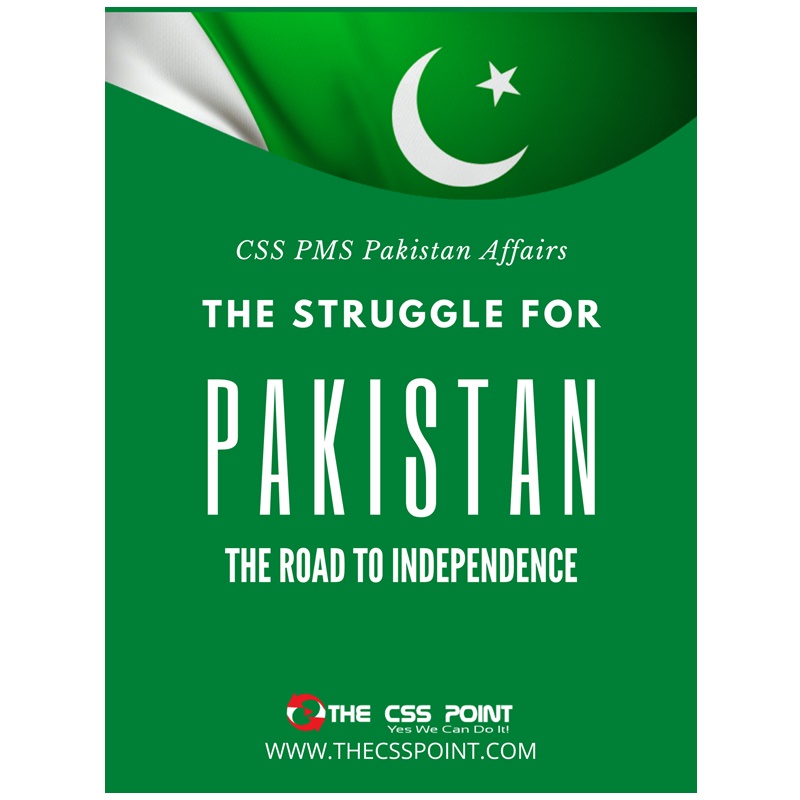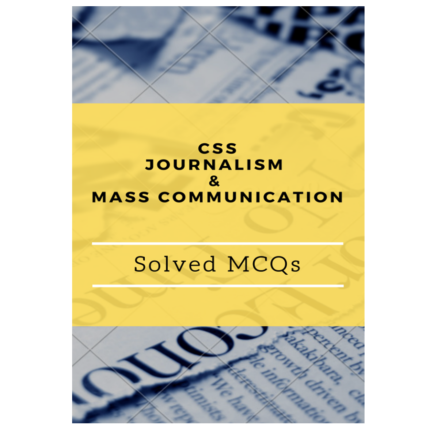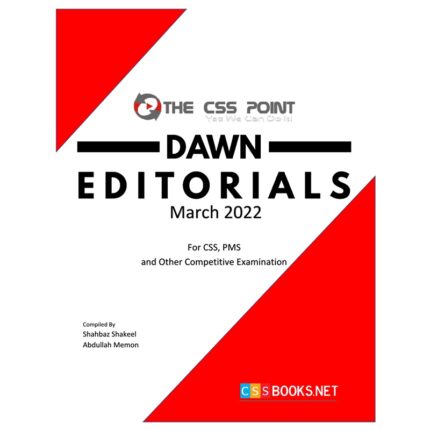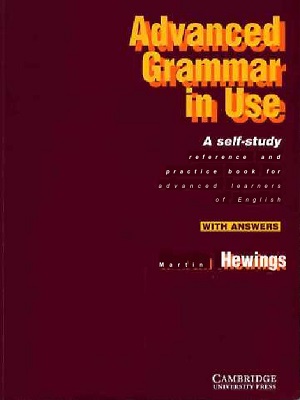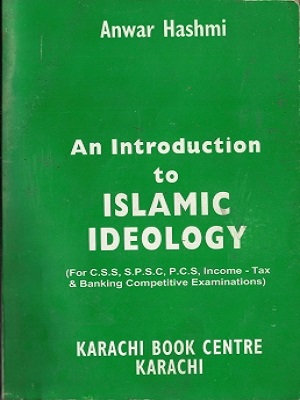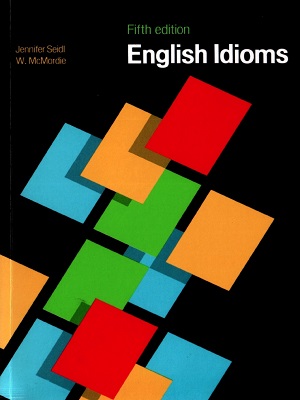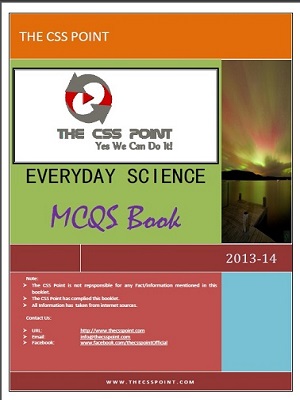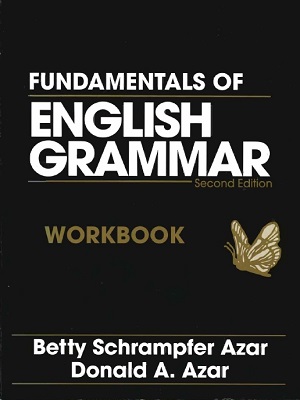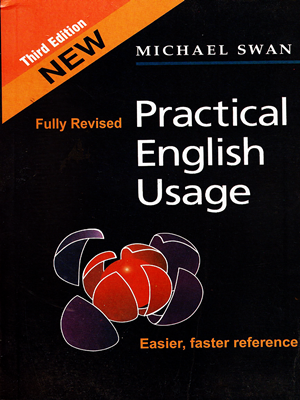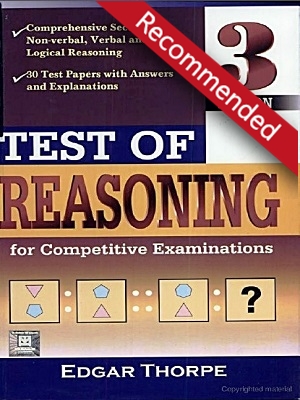Pakistan – The Struggle for Independence. During the last half of the Raj, nationalist sentiment and violence weakened Britain’s grip on the subcontinent, the crown jewel of its global empire. Calls for a separate nation for Muslims on the predominantly Hindu subcontinent began to be heard alongside growing demands for an independent India. As British power ebbed, more control was ceded to local populations.
The Hindu majority’s voice was amplified by Muslim reticence to engage in the political process. Pakistan – The Struggle for Independence The British supported the concept of legal assurances for the recognition of Muslim rights in the overwhelmingly Hindu subcontinent. Through the All India Muslim League and the Indian National Congress, or Congress Party, efforts to reconcile Muslim and Hindu political aspirations were repeatedly made, but all ended in failure.
With the inability of Indian and British institutions to protect the rights of the Muslim minority, many politically active Muslims saw a divided subcontinent with a separate nation for Muslims as the only way for them to achieve equality. As Britain prepared to cede independence to the subcontinent, the political battle between Muslims and Hindus led to growing sectarian strife. The monumental struggle for Muslim rights saw its conclusion in the creation of the Republic of Pakistan in 1947.
Pakistan – The Struggle for Independence. The Government of India Act of 1909—also called the Minto-Morley Reforms for its sponsors, Gilbert Elliot-Murray-Kynynmound (1845– 1914), fourth earl of Minto, Viceroy of India, and John Morley (1838– 1923), Viscount Morley, secretary of state for Indian affairs—was aimed at answering growing Indian demands for self-government. Its sponsors intended it to provide cosmetic changes to British rule rather than any real power-sharing.
Yet it was noteworthy that the British had previously ignored popular aspiration in formulating governmental policy. The reforms mandated that legislative councils be established in all provinces and that their members be elected by the population each represented.






